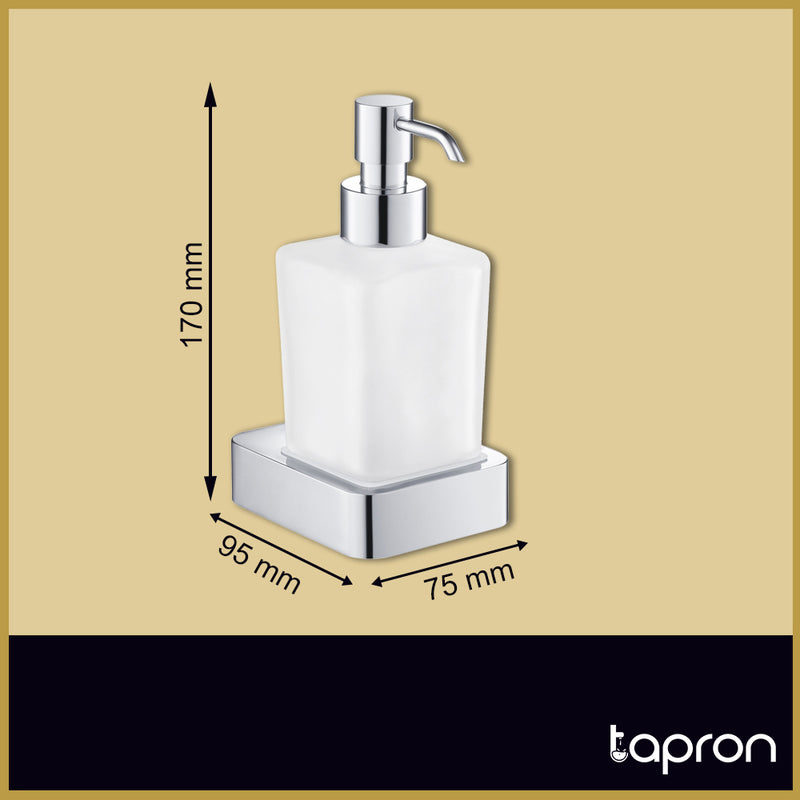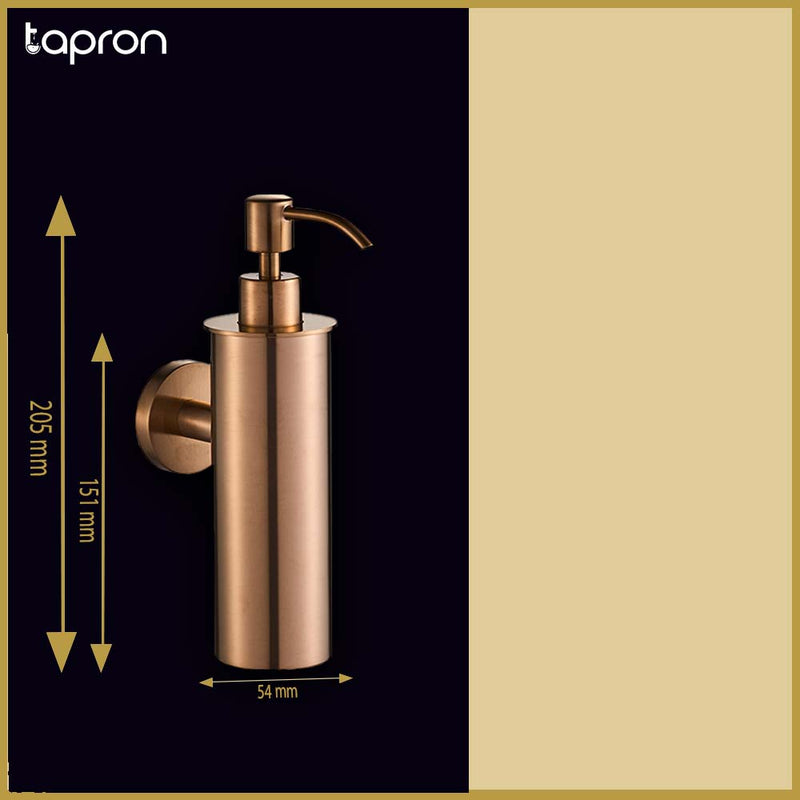Introduction:
Soap dispensers play a crucial role in maintaining hand hygiene, offering a convenient and hygienic solution for keeping hands clean. In a market saturated with options, selecting the right soap dispenser can be overwhelming. Whether it's for your kitchen, bathroom, or commercial space, it's essential to understand the key factors to consider when making your purchase decision.
Chapter 1: The Importance of a Soap Dispenser
Soap dispensers are vital for preventing the spread of germs and diseases by promoting proper hand hygiene. By providing easy access to soap, they encourage regular handwashing, which is essential for overall health and well-being.
Chapter 2: Types of Soap Dispensers

There are various types of soap dispensers available, including liquid, foaming, and automatic (touch-less) dispensers. Liquid soap dispensers are versatile and suitable for a wide range of applications, while foaming dispensers offer a luxurious lather with minimal soap usage. Automatic dispensers provide hands-free operation, enhancing hygiene in high-traffic areas.
Chapter 3: Manual vs. Automatic Soap Dispensers
Manual soap dispensers require manual operation, typically via a pump or push-button mechanism, offering simplicity and reliability. On the other hand, automatic soap dispensers feature motion sensors that detect hand movement, providing touch-less operation for enhanced hygiene and convenience.
Chapter 4: Soap Dispenser Materials

Soap dispensers are available in various materials, including plastic, stainless steel, glass, and ceramic. Plastic dispensers are lightweight and affordable, making them suitable for home use. Stainless steel dispensers offer durability and a sleek appearance, ideal for commercial settings. Glass and ceramic dispensers add a touch of elegance to any space but require careful handling to prevent breakage.
Chapter 5: Capacity and Refilling
The capacity of a soap dispenser determines how often it needs to be refilled. Dispensers range from small, countertop models to large, commercial units with high-capacity reservoirs. Refilling methods vary depending on the dispenser type, with some featuring convenient refillable cartridges or reservoirs.
Chapter 6: Dispensing Mechanisms
Soap dispensers utilise various dispensing mechanisms, such as pump, sensor, and push-button systems. Pump dispensers require manual operation and are commonly used in household settings. Sensor-operated dispensers offer touch-less operation, reducing the risk of cross-contamination in public spaces.
Chapter 7: Hygiene and Cleaning
Maintaining a clean soap dispenser is essential for preventing bacterial growth and ensuring optimal hygiene. Regular cleaning and disinfection help remove soap residue, mold, and bacteria buildup, preserving the dispenser's functionality and extending its lifespan.
Chapter 8: Design and Aesthetics

Soap dispensers come in a wide range of designs and styles to complement different decor themes. Sleek and modern designs are ideal for contemporary spaces, while decorative and vintage-inspired options add a touch of elegance to traditional settings. Choosing a dispenser that matches your space's aesthetic enhances its visual appeal.
Chapter 9: Cost Considerations
When purchasing a soap dispenser, consider factors such as initial purchase price, soap refill expenses, and long-term maintenance costs. While budget-friendly options may offer affordability upfront, investing in a higher-quality dispenser can result in long-term savings and improved durability.
Chapter 10: Installation and Placement
Proper installation and placement ensure the soap dispenser's functionality and accessibility. Wall-mounted dispensers should be installed at a convenient height and location, while countertop dispensers should be positioned within easy reach of the sink. Following manufacturer guidelines for installation helps optimise the dispenser's performance.
Chapter 11: Commercial and Industrial Soap Dispensers
Commercial and industrial environments have specific requirements for soap dispensers, including durability, ADA compliance, and ease of maintenance. Choosing a dispenser designed for high-traffic areas ensures reliability and hygiene in busy settings such as restaurants, offices, and healthcare facilities.
Conclusion
Selecting the right soap dispenser involves considering various factors, including type, material, capacity, dispensing mechanism, hygiene, design, cost, installation, and suitability for commercial use.
By understanding these key considerations, you can make an informed decision that meets your needs and enhances hand hygiene in your home, office, or commercial establishment. Investing in a quality soap dispenser not only promotes cleanliness but also contributes to overall health and well-being.
Leave a comment
All blog comments are checked prior to publishing